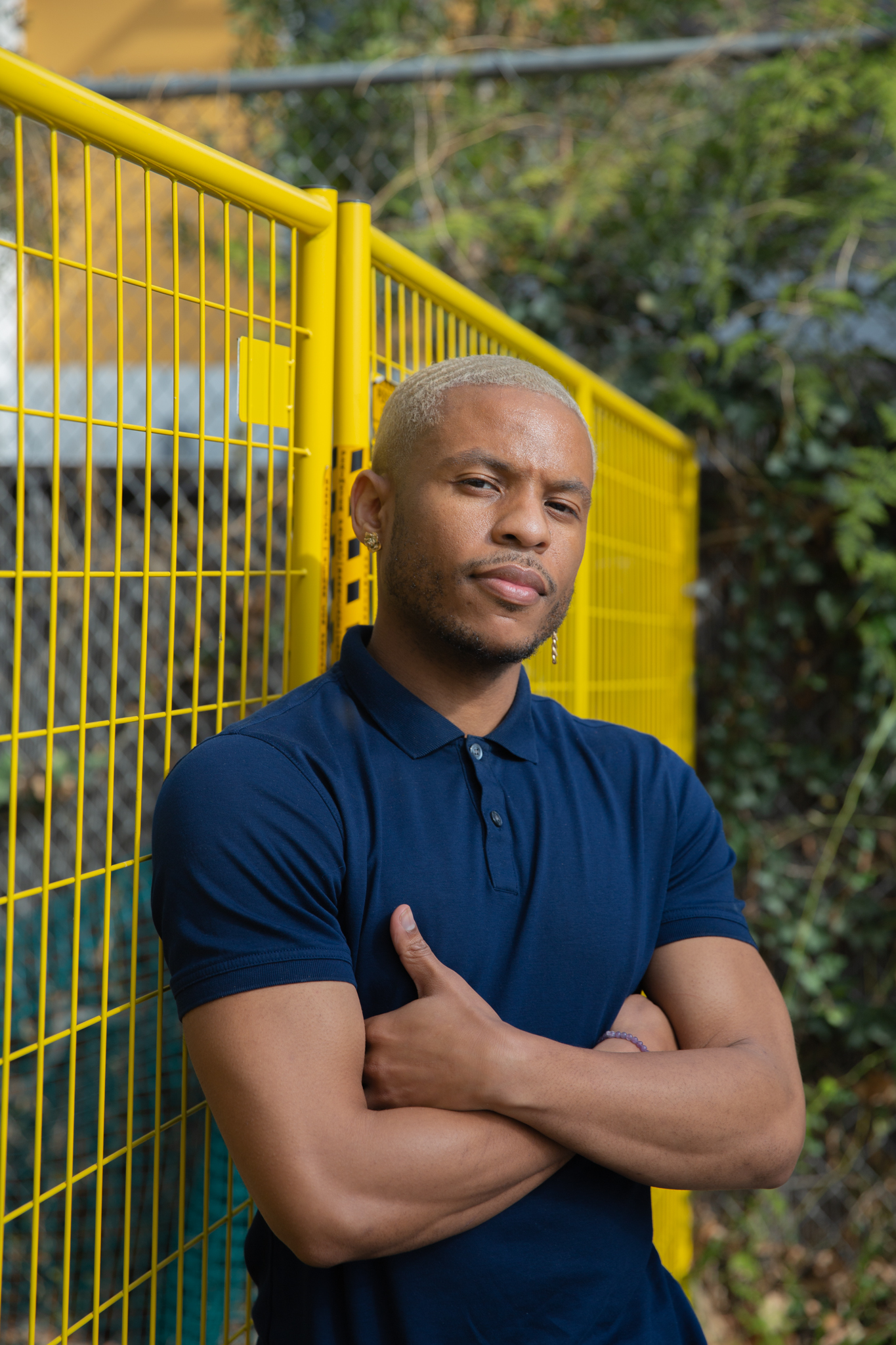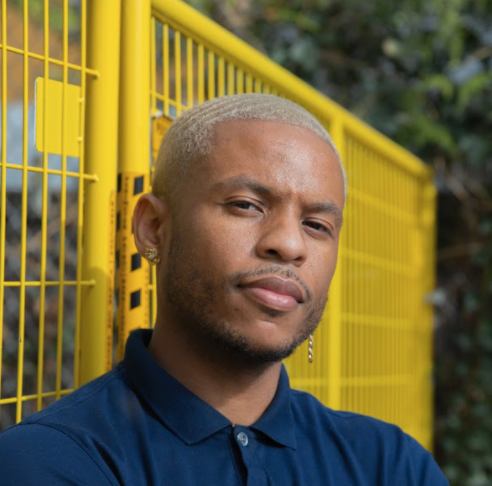Welcome to Transparent, a photo editorial series profiling Black mental health advocates who are breaking down barriers, increasing transparency, and changing the way mental health is perceived in the Black community. Salesforce and Thrive Global, with support from KPMG, have partnered to make change: to bring about positive mental health conversations in the Black community, to share strategies for seeking help, and to prioritize mental well-being.
By Yolo Akili Robinson, as told to Thrive Global Studios
Crackheads or coke kids: those are the earliest words I remember hearing about mental health in my community. There wasn’t any compassion toward people who were struggling, there wasn’t any understanding. And that’s how mental illness is treated in this country, as something to avoid at all costs as opposed to something to talk about. I often hear from folks who share how their relatives have had police called on them for manic episodes, and instead of care they end up in jail— because the police didn’t understand what was happening and mental health care was not the focus.
Historically in Black communities, you couldn’t express your feelings because of the danger it would bring to you and your family. For example, in a post-Reconstruction era, if a white man on the street spit on your face or hit your daughter, you couldn’t retaliate. That legacy of repressing and pushing through psychological distress is still deeply embedded in my community, and in many of our communities. It’s something we have to unlearn.
When I started working with an organization called Men Stopping Violence, I began to see that so much distress was caused by the fact that Black communities don’t have the right tools or strategies to help us cope with and navigate the systems around us. And, unfortunately, mental health care in this country is deeply intertwined with a system that does not value Black lives. Black people see that. Therapy was not designed for working class and poor people. It was designed for middle class, often white folks.
But therapy is just one strategy for healing. We’ve been taught to minimize the coping strategies that our communities have. Today, there are a variety of different ways in which people can access wellness, whether it’s through art or music or yoga. There’s also faith: if I can go and pray it out, sing it out, or stomp it out — that is a coping strategy. Mental health also includes access to clean water. It’s a home and a space where you don’t hear gunshots all the time.

“But therapy is just one strategy for healing. Today, there are a variety of different ways in which people can access wellness, whether it’s through art or music or yoga. There’s also faith….you can build up your tool belt for your wellness, and it’ll be unique to you.”
In fact, I started BEAM (Black Emotional & Mental Health Collective) — a nationwide training, movement-building, and grant-making organization dedicated to the healing, wellness, and liberation of Black and marginalized communities — to help people reframe and build their own strategies for accessing wellness, no matter their circumstances.
I always tell people that it’ll take some time to build those wellness strategies. But you can do it: you can build up your tool belt for your wellness, and it’ll be unique to you. My tool belt has my hair, my coloring books, my walks and my gardening, therapy and yoga — but your tool belt will have something totally different in it. And our tool belts will change over time. When you realize that, it’s a lightbulb moment.



